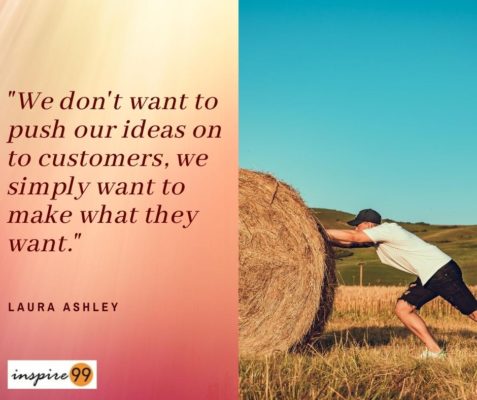It wasn’t long ago when I came across this phrase: Invisible funnel for marketing. Naturally I was curious about it to find out more and explore whether it can actually work in a startup context.
As with most articles, you know very well by now that the answer is “It Depends”. Having said that, we will explore this in a subjective manner to explore the pros and cons of having this as your startup marketing strategy.
What is Invisible Funnel?
So what is this invisible funnel? Most marketing lingo talks about funnels, converts, pipelines etc which form the very basics of the marketing exercise. Here is an interesting piece about the marketing lingo if you’re keen on the language used in the industry.
A funnel naturally is the list of potentially interested people/businesses some of whom can be converted into your customers. Most common types of building this funnel are content marketing, thought leadership, telemarketing, offering webinars, etc. There are plenty more which I haven’t delved into here, but you get the picture.
The invisible funnel is a clever combination of marketing through the use of a product. The main tenet is to get a user signed up for a free use of your product/services. During this sign up process, the user’s credit card details are collected and the first X days are free. After this X days, the user will be billed unless they concsiously cancel the service.
Pros and cons of Invisible Funnel from a Business Perspective
Pros:
- The product or service gets more users trying/assessing the value of service offered.
- It is a fantastic opportunity to gain more use cases and understand if the product is working well. It turns out to be a brilliant accompaniment to understand market needs and gather customer feedback
- The funnel is already qualified to a certian extent since only serious customers use the product or service. Since credit card details are taken, only serious customers sign up. (This is atleast mostly the hope since it does weed out people who are potentially phishing for info)
Cons:
- We previously discussed about overheads via free services. This can very easily escalate into an operational challenge if it is not well organised.
Pros and cons of from a User Perspective

Pros:
- It is free! The risks are low since a customer can pull out when they are not interested.
- Can get a taste of how life would be with the use of a product. No better way than letting a product speak for itself.
- The marketing is not pushy and less aggressive. Only if the user finds value, they will stay. If not, they will leave.
Cons
- The credit card gets charged in X days. Cancellation process needs to be done proactively. For instance, I was signed up for a service to test its use. But I was very annoyed to be billed after X days and I had made no use of it.
- The marketing approach is certainly clever, but very annoying. Sometimes, it feels like a cheap trick to get people in. I have seen some services where this cancellation is made as difficult as possible. In some instances, there is no portal for cancellation. Instead, you’d need to call someone who explains why it is such a bad idea for you to quit.
Bottom-line of Marketing Approaches
At the end of the day, we need to be thinking about our customers to create a lasting relationship. We will not be able to do that if it starts on a negative footing. We will need to ask the relevant questions:
- Invisible funnel sounds like a fantastic marketing plan. It qualifies our leads and the marketing team knows who the best prospects are. But, is that something which just makes the task of marketing team easy at the cost of a customer?
- What are the overheads on maintaining this funnel for the operations and customer care team?
- Are we being fair on the customer? For me, this is probably the most important question. If we are looking at a long term approach, we cannot afford to let the customer feel taken advantage of.
With those three thoughts, it will be great to hear your views on invisible funnel for marketing.
